All the Excellent Reasons To Visit Spain
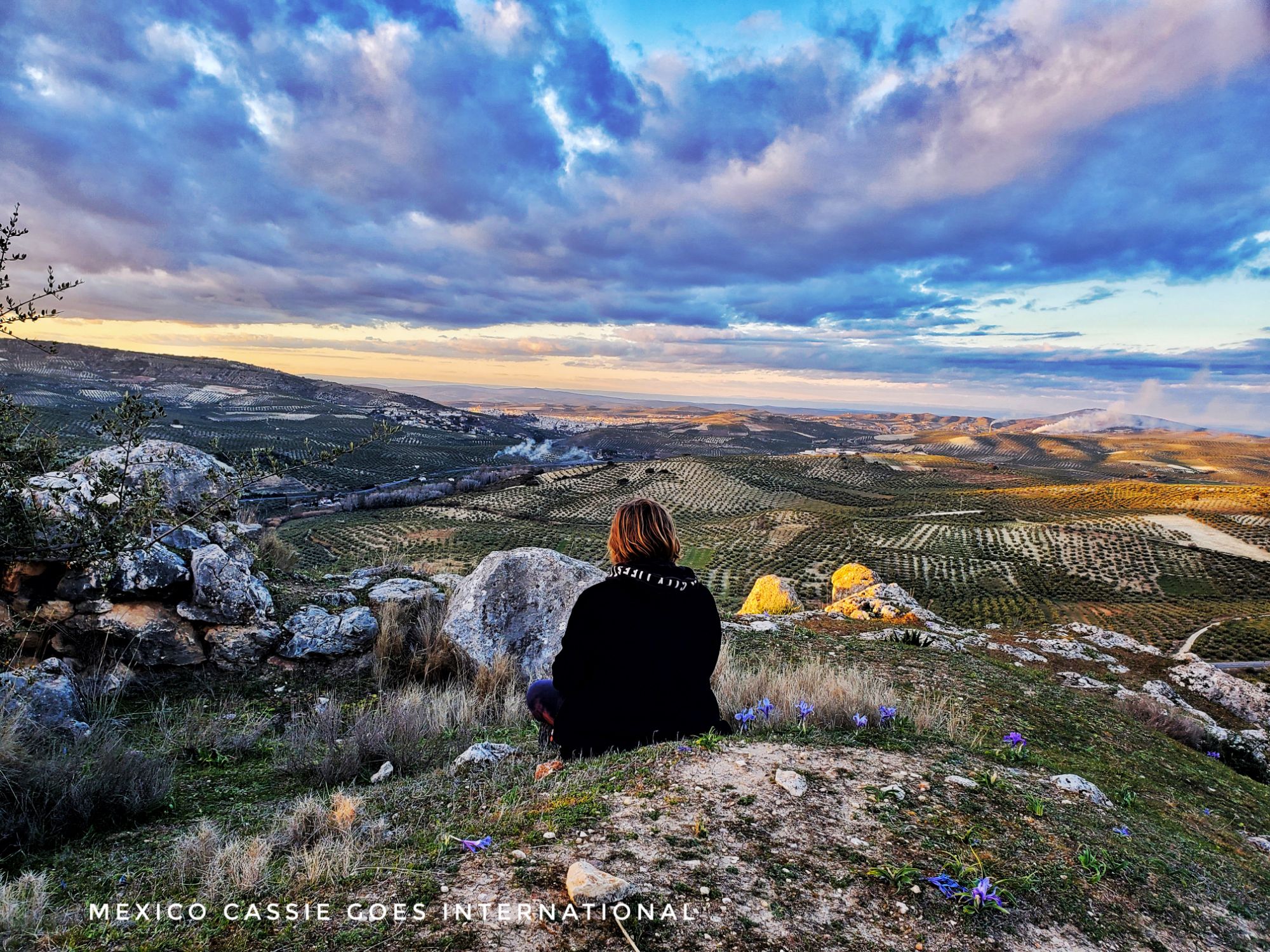
Spain is such a diverse and endlessly fascinating country: it really has something for everyone. If you love beach vacations, Spain is for you. If you love hiking in the mountains, Spain is for you. If you love art galleries and museums, Spain is for you. And if you love nothing better than long, boozy lunches, Spain is definitely for you! In this article we’re going to dive into some of the top reasons to visit Spain and I’m pretty sure that before you reach the end of it you’ll be planning your next trip here and whimpering that there simply isn’t enough time to see everything on your list.
Before moving to Andalucía in 2022 I loved to use my holidays to explore Spain and since making our home here we’ve been adventuring as much as we possibly can. If you’re wondering about making a trip, let’s look now at all the reasons to visit the great destination that is Spain.
In this article we’ll take a look at Spain under the headings of:
⭐️ Spain’s Diverse Nature
⭐️ Vibrant Cities and Towns
⭐️ History and Incredible Museums
⭐️ Spanish Cuisine
There are affiliate links in this article. If you click and make a purchase I could make a small sum at zero cost to you. Thank you!
What is Spain?
📌 This may seem like an odd question but remember that the territory of Spain comprises the main landmass on the Iberian Peninsula (except for the small portion that is Portugal), two sets of islands: The Canary Islands and the Balearic Islands, two autonomous cities in Africa, Ceuta and Melilla, and one autonomous city in France, Llívia.
📌 You’ll also see mention of the oddity that is the British Overseas Territory of Gibraltar in this article since it sits right on the edge of Spain.
📌 Spain is made up of 17 autonomous regions, each with their own culture and diverse geography so if you think you know ‘Spain’, chances are there are still plenty of places and experiences for you to discover in this beautiful country.
📌 Spain may be one of the world’s most popular tourist destinations but this doesn’t mean it’s overrated or over-touristed. While some cities and locations are, undoubtedly busy, others barely see overseas visitors at all. If you are looking for a busy, thriving party-scene beach, that’s cool, but if you want solitude on a deserted beach, that’s also easy to find. If you want to visit a famous landmark, great, but there are also castles in small towns that barely get any visitors. Take your pick!
Spain’s Climate
☀️ Obviously Spain’s Mediterranean climate is both pretty excellent and a major reason so many people want to visit Spain. However, the Iberian Peninsula is large, and its climate is not homogenous. Just because it’s hot at the beach in Malaga doesn’t mean it’s hot in Madrid or Segovia. Always check the climate and temperatures for the regions you plan on visiting.
Getting Around Spain
🚌 The Spanish public transport system makes it very easy to move around the country. With modern, fast and affordable trains and a great network of intercity buses, it’s really not hard to get around Spain.
➡️ Check Spanish bus and train timetables and prices (In English)
🚗 Driving in Spain – the Spanish roads are kept in a good state of repair and Spanish drivers tend to be very law abiding. If you’re considering renting a car while in Spain, know that this is a great option that offers you freedom to get to the less visited parts of the country.
Staying in Spain
🛌 There are hotels, hostels and apartment rentals for every budget everywhere in Spain. While wild-camping is no longer permitted, there are plenty of official campsites all around the country.
You can stay in a cave hotel, or a yurt, couch surf or stay in a luxury 5 star golf resort. In Spain everything is possible.
Reasons to Visit Spain: Nature
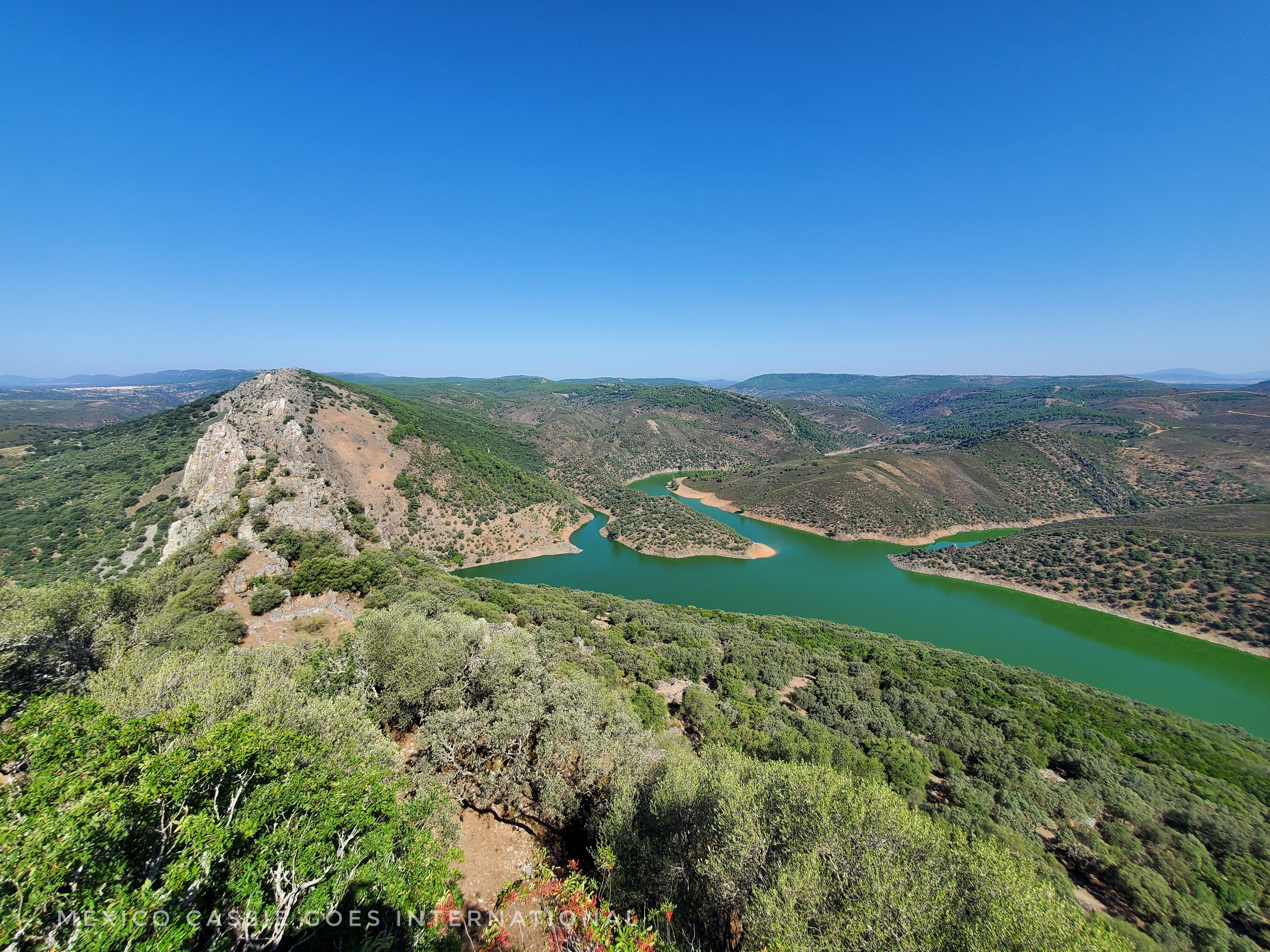
National Parks
🍃 Spain has an astounding 16 national parks: 11 parks are on the peninsula, 4 in the Canary Islands and 1 in the Balearic Islands. These parks are full of natural beauty. From mountain peaks to lakes, from marshlands and deserts to volcanic landscapes, Spain is truly diverse and wild. If you’re hoping for a vacation filled with outdoor activities, Spain will have your answer.
The 11 parks on the peninsula are distributed across the country: Andalucía (3), Castilla y Leon (2) and Castilla la Mancha (2). Aragon, Cantabria, Catalonia, Extremadura, Galicia, Madrid region and the Principality of Asturias all have 1 each.
➡️ Doñana National Park is one of Europe’s most important wetlands. It is located across three provinces of Andalucía – Huelva, Cádiz and Sevilla
➡️ Monfragüe National Park is one of the best places in Spain for bird watching. It is located in Extremadura.
Other Protected Areas in Spain
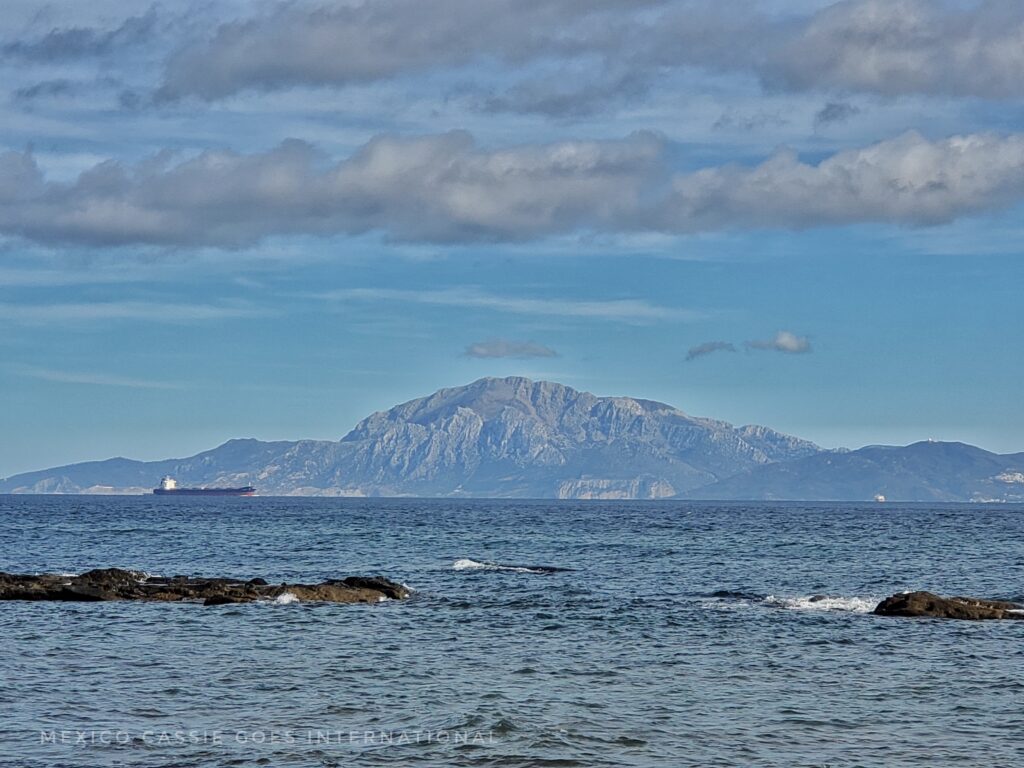
⭐️ In addition to the national parks,Spain also has 151 nature parks, 290 nature reserves, 346 natural monuments, 53 UNESCO Biosphere Reserves and 56 protected landscapes
⭐️ Spain is also home to more UNESCO Man and Biosphere Reserves than any other country in the world. There are 48 reserves, 3 of which are cross-border with Portugal. Excitingly, the only Intercontinental Reserve in the world is held between Spain and Morocco.
➡️ Read about visiting Tarifa, an important meeting point of Europe and Africa, and visiting Morocco from Tarifa across the Strait of Gibraltar.
Mountains in Spain
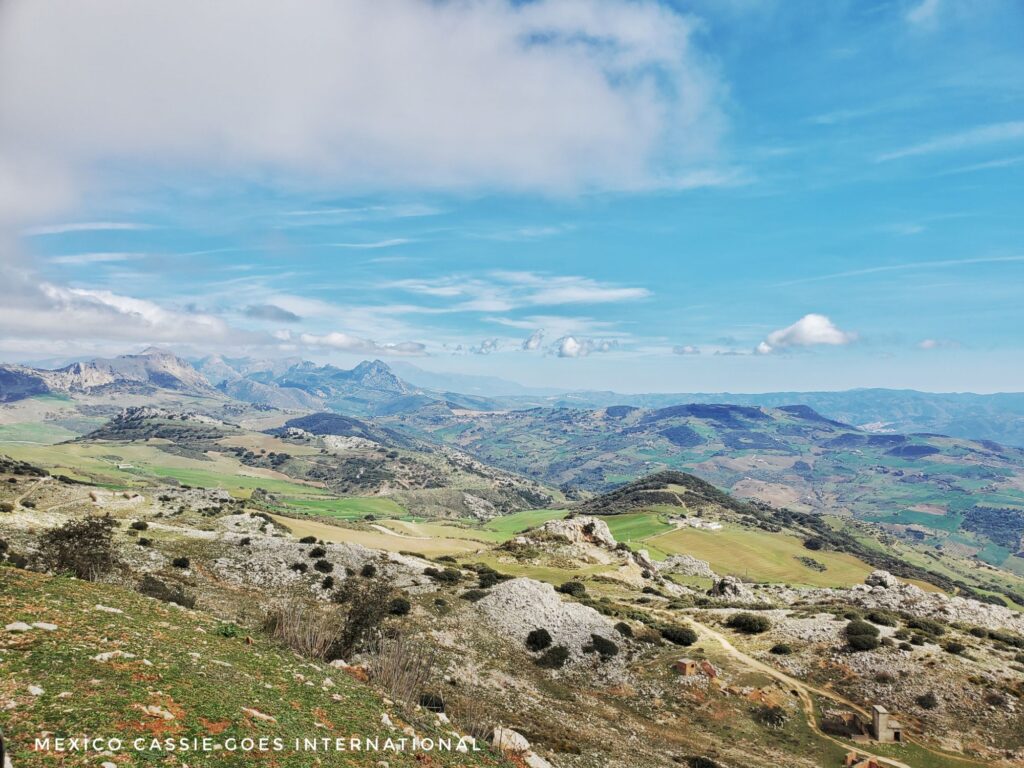
There are eight major mountain ranges in Spain and numerous smaller mountain ranges across the country.
Major Mountain Ranges
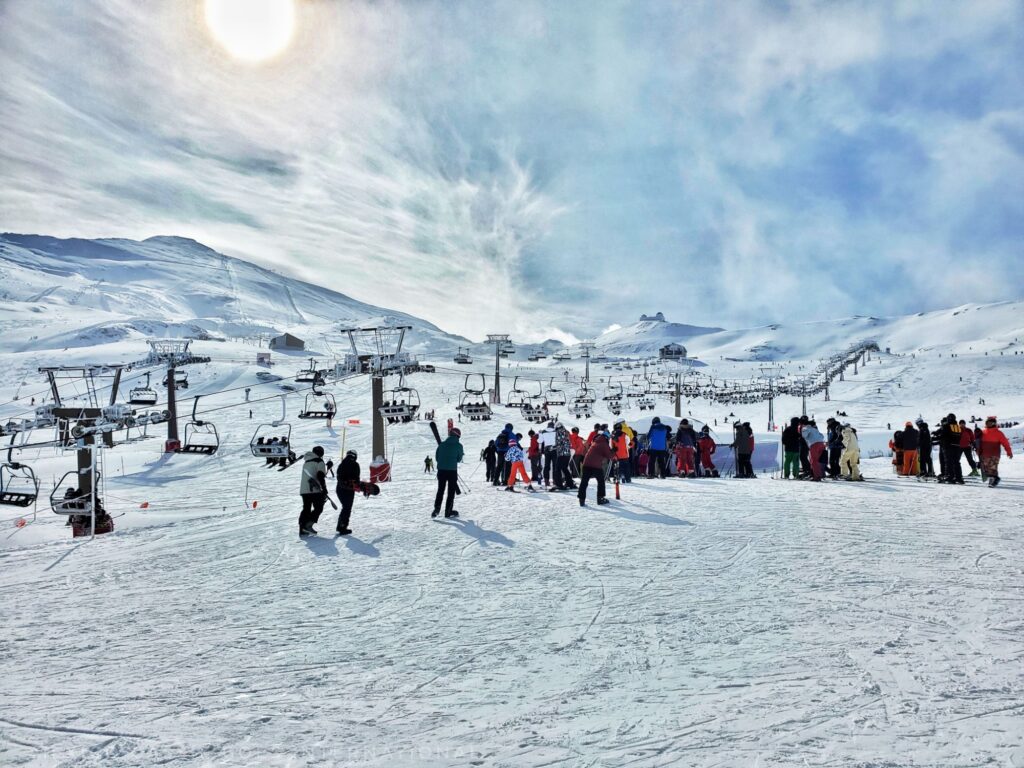
Spain’s major mountain ranges are: The Pyrenees, Cordillera Cantabrica, Sistema Iberico, Sierra de Cuenca, Serrania de Cuenca, Montes de Toledo, Cordillera Betica, Sierra Nevada (photo above).
Europe’s most southerly ski resort is in Andalucía’s Sierra Nevada so if you feel like skiing in the morning and then chilling on the beach in the afternoon, you can do that in Spain!
The highest Spanish peak is also in the Sierra Nevada. Mount Mulhacen stands at 3,478 m
Mountain Activities in These Main Ranges and the Smaller Ranges Include:
winter sports – skiing, snowboarding, snow hikes
hiking – solo and guided
visiting Pueblos Blancos and other traditional villages
Bird watching and animal spotting
Visiting waterfalls, lakes, valleys and gorges
Incredible views
Learning about geology and ancient history
Beaches in Spain
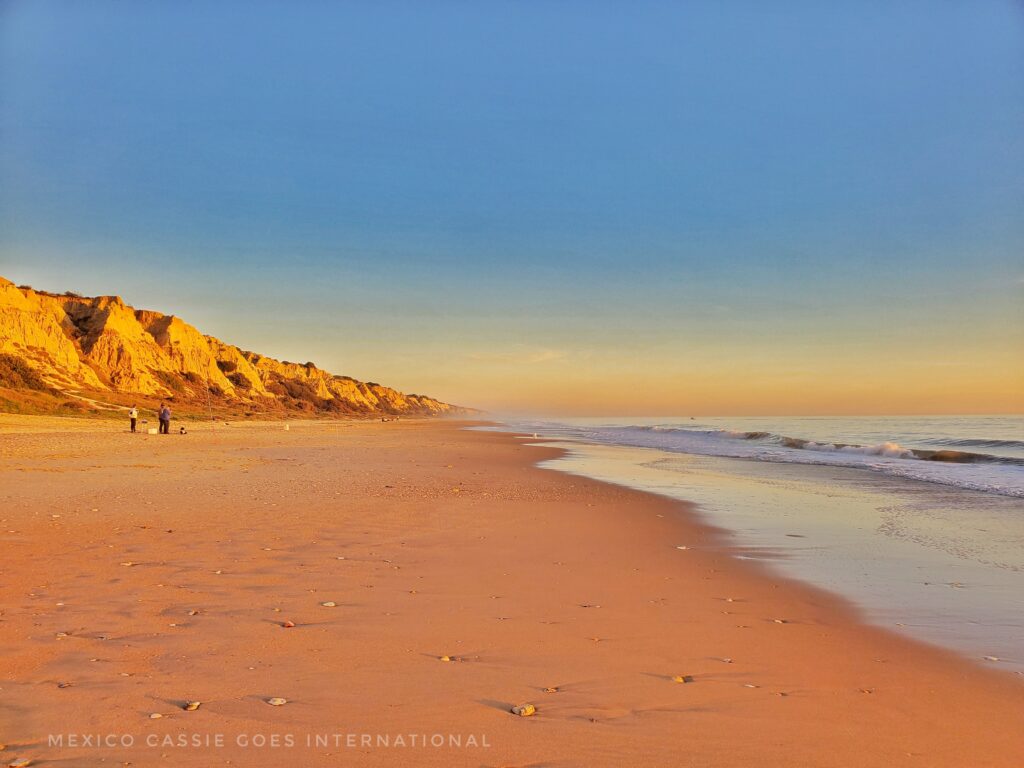
Spain has approximately 8,000 km of coastline where visitors can find wild, deserted beautiful beaches, resort towns, fishing villages and bustling coves. The Spanish coast sits on both the Mediterranean and Atlantic. In the small town of Tarifa you can stand between the two oceans. Spain has more blue flag beaches than any other country in the world (over 700!)
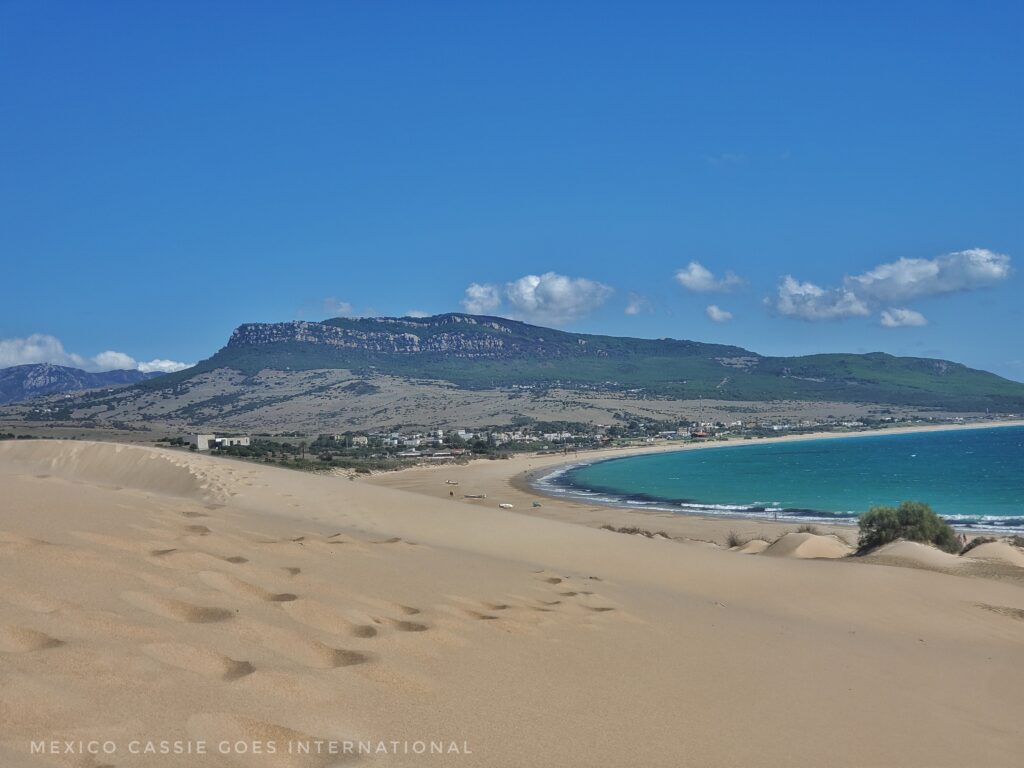
➡️ Read more about Tarifa and how the Med meets the Atlantic here.
The most famous Spanish coastal areas are:
Costa del Sol – Malaga
Costa de la Luz – Cadiz and Huelva
Costa Brava – Catalonia
Costa Blanca – Alicante
Costa Basque – Basque country
And, of course, the islands such as Tenerife and Gran Canaria
😯 There are over 400 nudist beaches in Spain but really, no one much cares if you whip your top off on any old beach. We are in Europe, after all.
➡️ Read more about Valencia’s nudist beaches
🏝 The Costa de la Luz is excellent for surfing as is Mundaka in the Basque Country
🏝 Head to the Strait of Gibraltar to go whale watching or dolphin watching
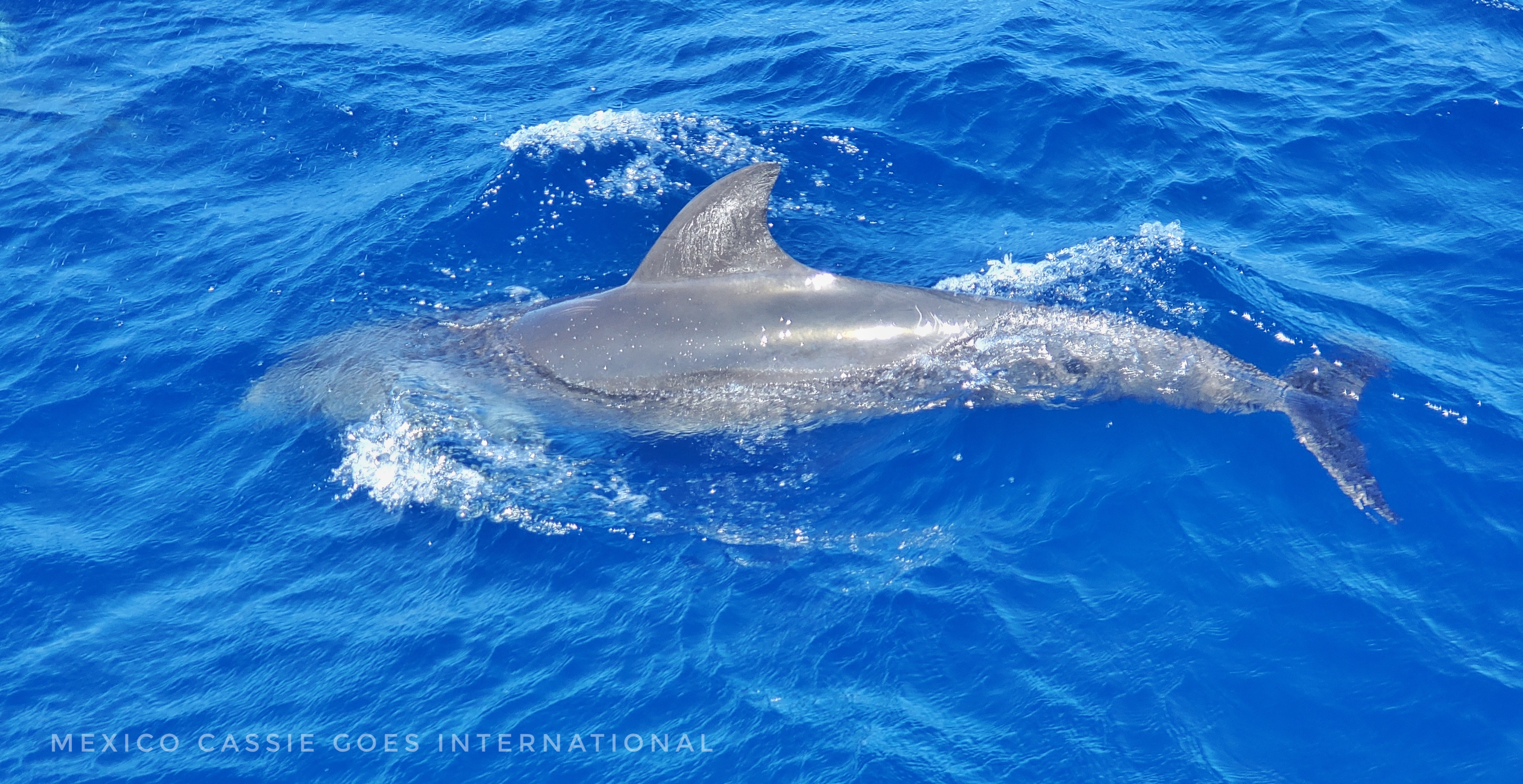
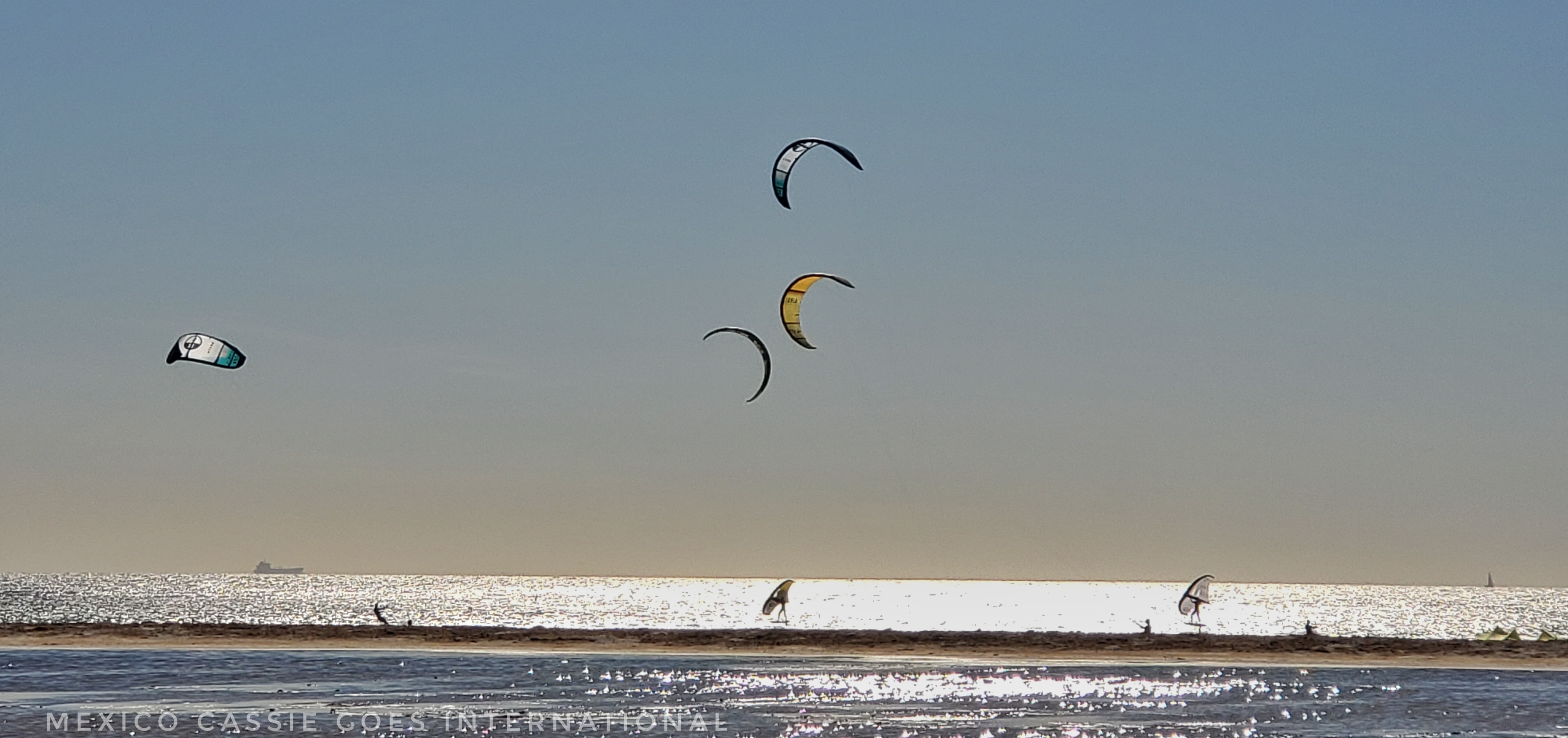
🏝 Tarifa is one of the best spots in all of Europe to kite-surf
🏝 For beaches fringed with pines instead of palms head to Huelva
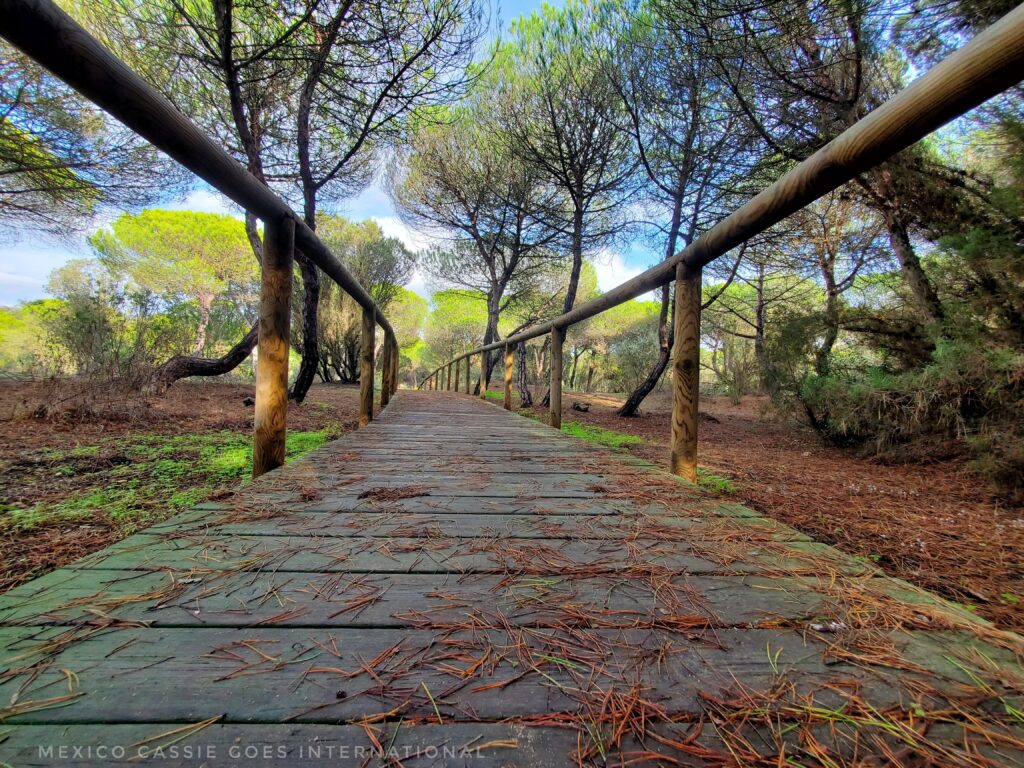
🏝 For banana boats, parasailing and other crazy activities, you can’t beat the Costa del Sol
🏝 Some of the best snorkelling is off the Costa Brava around the Medes Islands
🏝 It’s the gorgeous Mallorca where you see sea so clear the boats appear to be floating on top of it (read more about driving in Mallorca)
➡️ Read more about exploring the beaches from Sevilla
Spain’s Pueblos Blancos
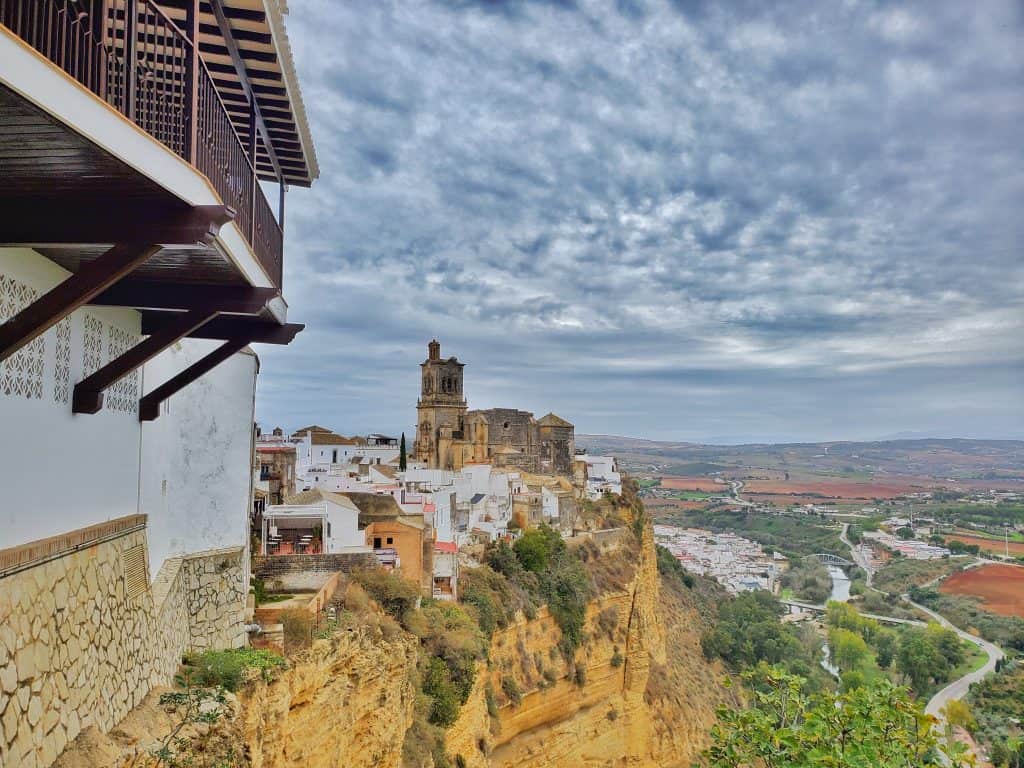
While the pueblos blancos (white towns) are not strictly part of nature, they are something particular to Spain and they are always surrounded by fabulous nature so I’m including them here. The official pueblos blancos are found only in Anadlucía, in the south of Spain. The 19 pueblos blancos are in Cádiz, and Málaga.
In the middle ages, these towns were in a contested borderland, which is why so many places today have “de la Frontera” (Frontier town) as part of their name. To the north were los Reyes Catolicos, the Christian Kings, and to the south the Islamic Emirate, ruling from the Alhambra in Granada.
I recently learned that the reason these small mountain and hilltop towns are white is as a response to previous epidemics (between the 16th – 19th centuries), they were painted with slaked lime to prevent the spread of disease.
Pueblos Blancos include: Ronda, Frigilana, Mijas Pueblo, Setenil de las Bodegas, Arcos de la Frontera, Zahara de la Sierra and more.
⭐️ There are, of course, hundreds of other gorgeous small towns and villages that don’t have the appellation “Pueblo Blanco” that are worth visiting: my own town, for example, Alcalá de Guadaíra, is just beautiful but receives almost no foreign visitors.
Reasons to Visit Spain: Cities and Towns You Can’t Miss
Spain has cities and towns for everyone: big bustling metropolises, beach towns, ancient towns, cities perched high up on mountain bluffs, and more
Madrid
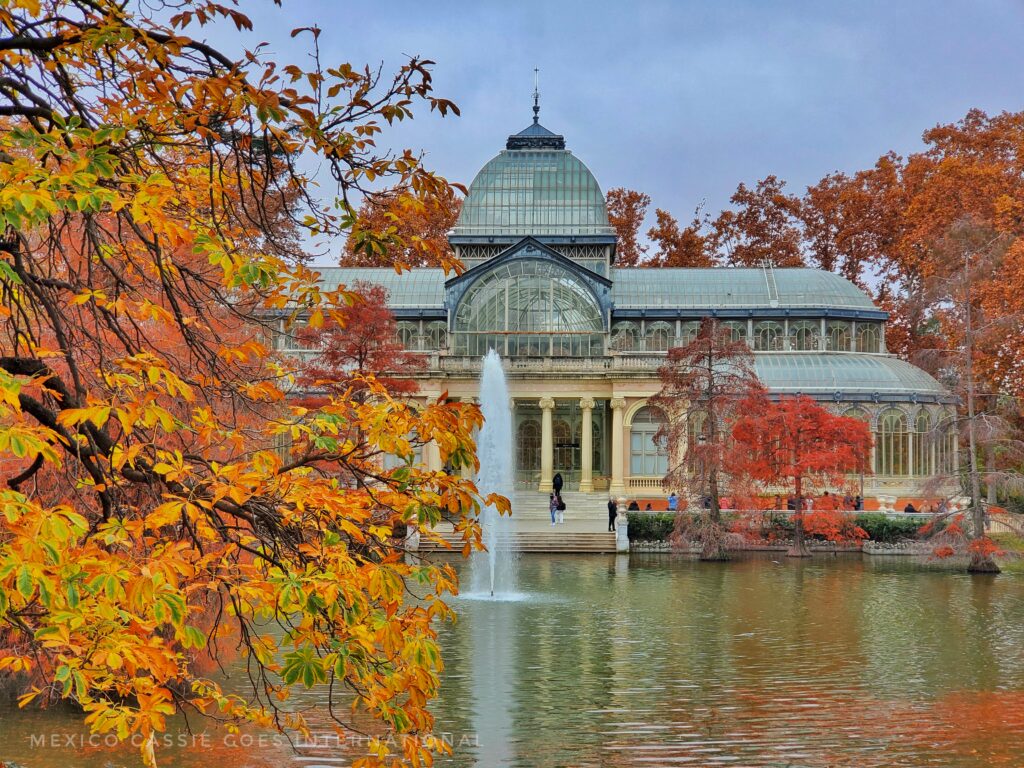
Spain’s capital and largest city
Don’t miss: incredible art galleries including the big three, Prado, Reina Sofia and Thyssen, as well as the smaller galleries. The food scene – think cheap and cheerful tapas to Michelin stars and everything in between.
Barcelona
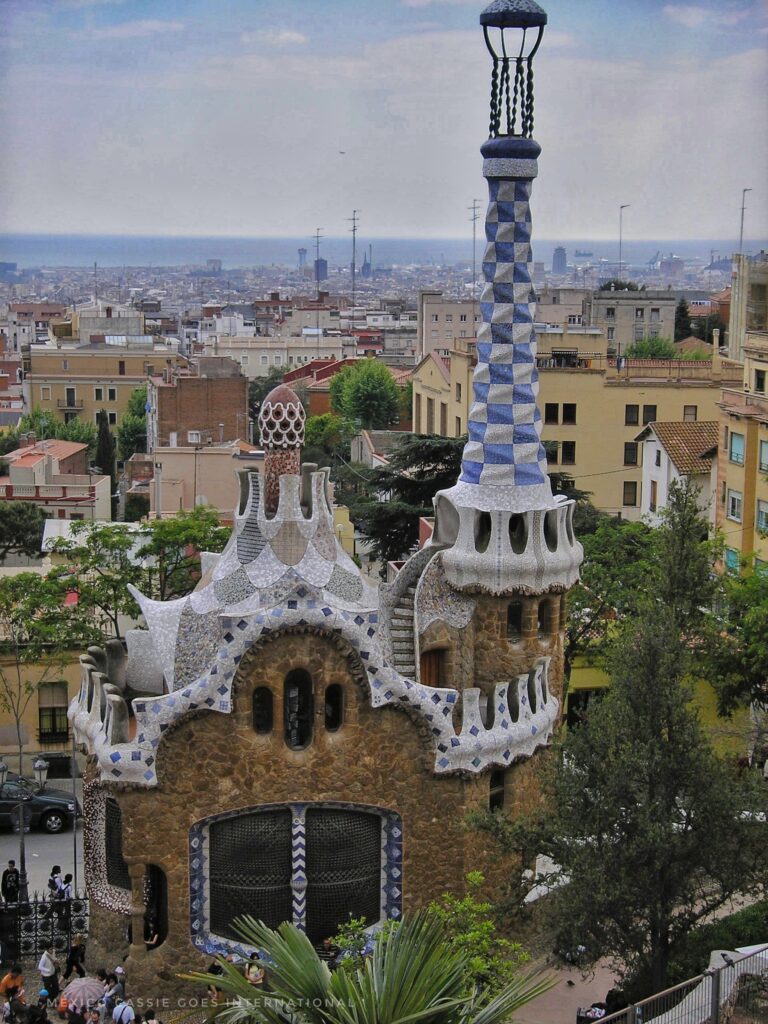
Capital of Catalonia and one of the most visited cities in the world, Barcelona’s excellent coastal location makes it a winner with most. Many visit here for a day as a stop on a cruise around the Mediterranean. Some consider this to be the city of Antoni Gaudi, so many of his incredible works are to be found as you explore here
Don’t miss: Parque Güell (Gaudí’s Park), Sagrada Familia, La Rambla, beaches
➡️ Read more about Barcelona and how to visit for the first time
Sevilla
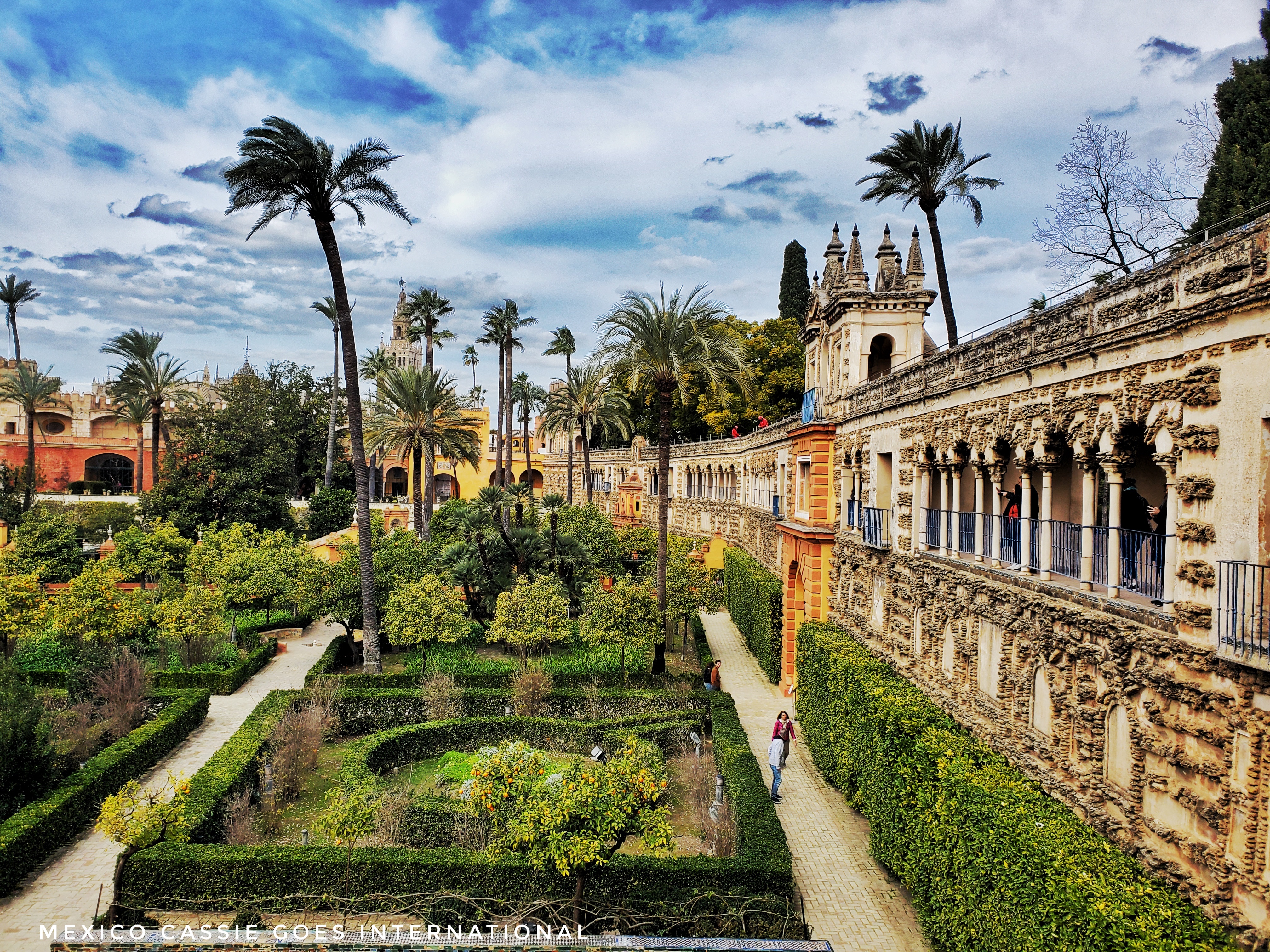
Capital of Andalucía, with its Moorish heritage and narrow, winding streets, Sevilla is considered by many to be the most beautiful city in Spain
Don’t miss: Plaza de España, Alcazar Real, Cathedral
➡️ Read more about exploring Sevilla in 1 day, 3 days or 5 days and how to enjoy Sevilla with kids
➡️ Read more about the quirky, off-the beaten path Sevilla.
Malaga
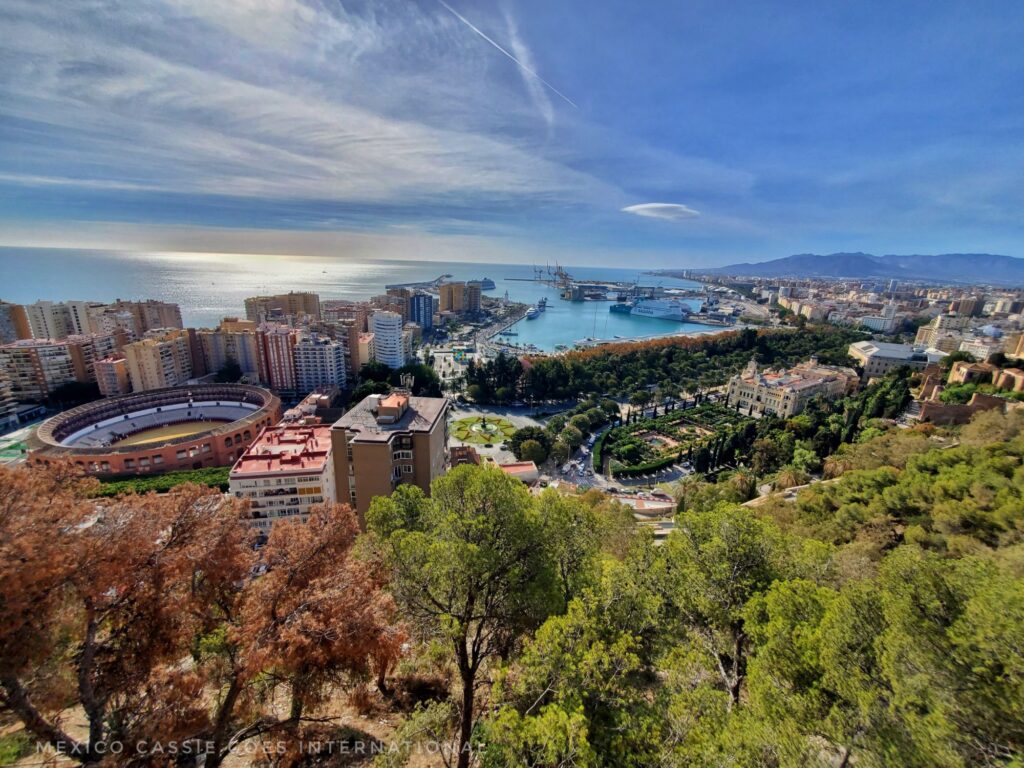
Undoubtedly one of the most well known Spanish holiday destinations, Malaga is a lot more than its reputation as a party town on the beach.
Don’t miss: Gibralfaro Castle, Museum of Malaga, Pablo Picasso Museum, Botanical Gardens, enjoying a meal in a beachside chiringuito and day trips to pueblos blancos and more
➡️ Read more about spending 3 days in Málaga
➡️ Read more about spending 1 day in Málaga when your cruise ship stops there
➡️ If you’re struggling to decide between Málaga or Sevilla, we can help with this
Córdoba
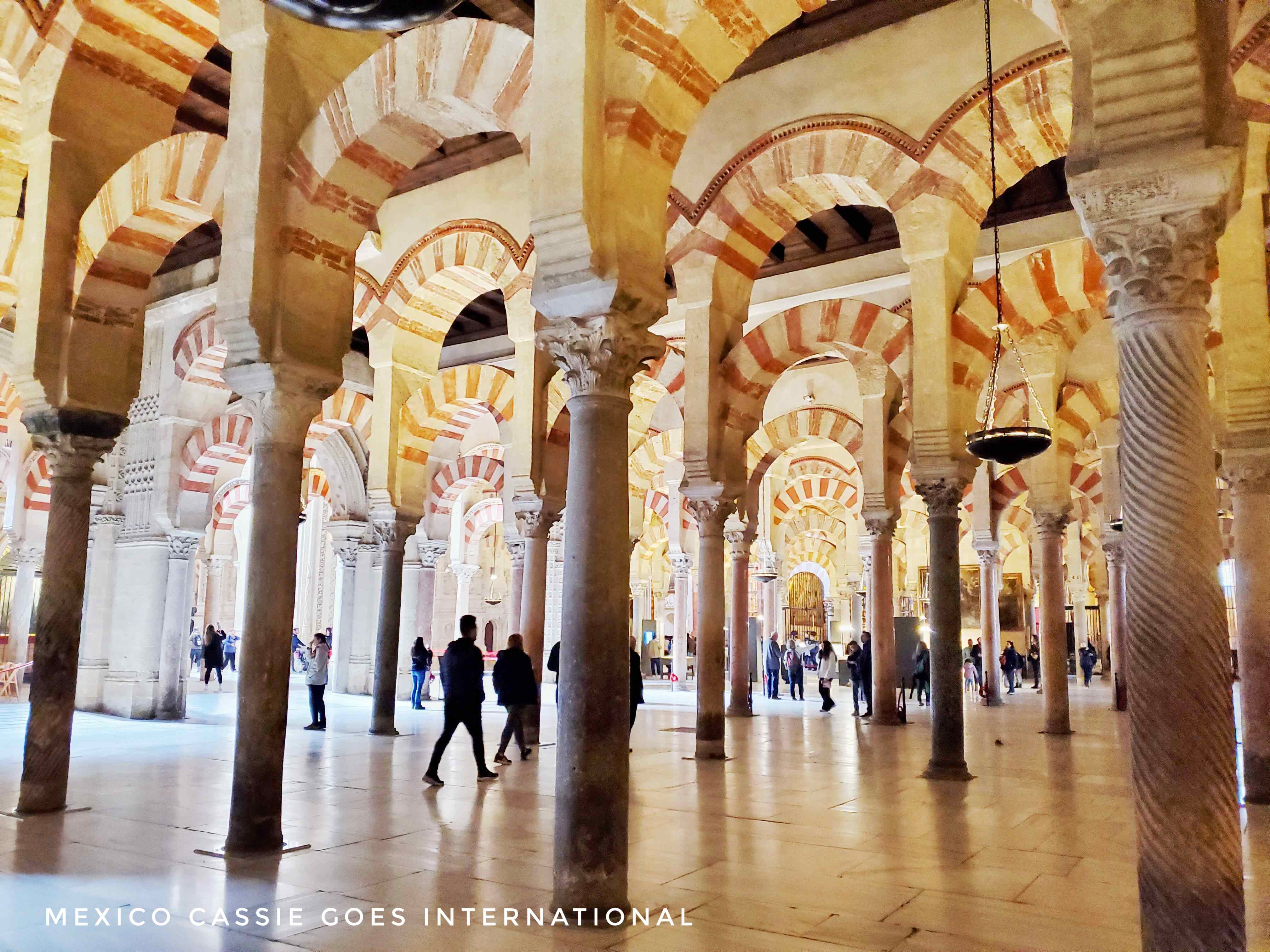
This small city in Andalucía is most famous for the Mezquita, the mosque-cathedral in the centre but there’s so much more to see here than just this building.
Don’t miss: The Mezquita and bell tower, exploring the ancient Jewish quarter, museums, Alcazar de los Reyes Cristianos, Roman bridge and more
Granada
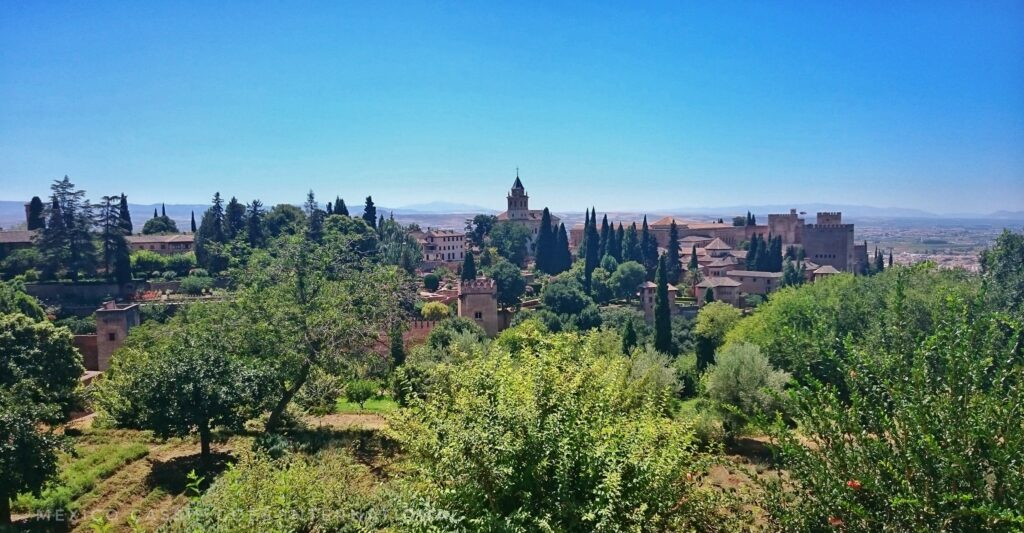
Once the seat of the Emirate (the Nasrid Kingdom of Granada), this small city remains a favourite with visitors to Spain
Don’t miss: the Alhambra, the cathedral, the nearby Sierra Nevada, beautiful in all seasons
Cádiz
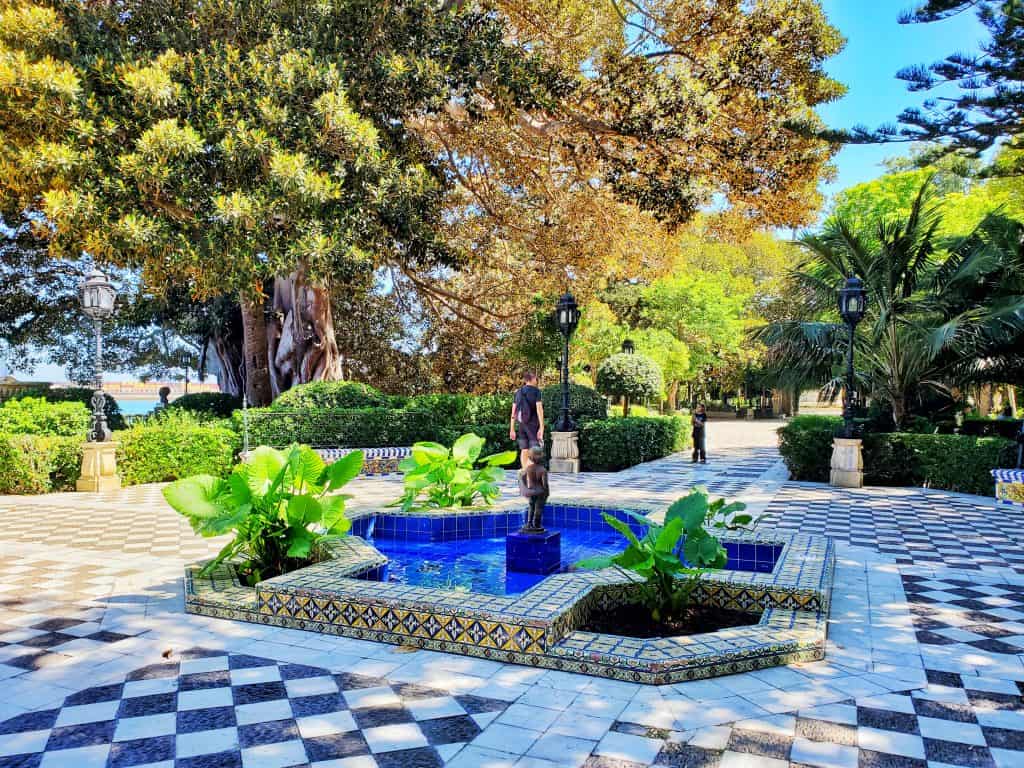
This ancient coastal city in the far south of Spain will blow your socks off. From beaches to ancient history, you’ll find everything here.
Don’t miss: beach fun, strolling the Malecon, exploring the old city and enjoying tapas in the myriad small restaurants you’ll find. The Phonecian Museum is well worth a visit.
➡️ Read more about road trips around Andalucía
Valencia
This eastern Spanish city has undergone something of a facelift in recent times and is now a popular destination for all.
Don’t miss: City of Arts and Sciences, Torres de Sarranos, the long park that runs around the city, la Lonja de la Seda
➡️ Read more about the highlights of Valencia
➡️ What to do with kids in Valencia
➡️ How to choose between Valencia and Seville
Bilbao
Some of the most beautiful modern architecture can be found in this Basque City.
Don’t miss: the Guggenheim, the incredible food scene
Reasons to Visit Spain: The Most Beautiful Small Towns in Spain
It’s also worth remembering that although the bigger cities, as transport and culture hubs, are a great option to begin and end your magical trip around Spain, there are hundreds of small towns that are also well worth visiting. Here’s just a few to get you started:
Zuheros
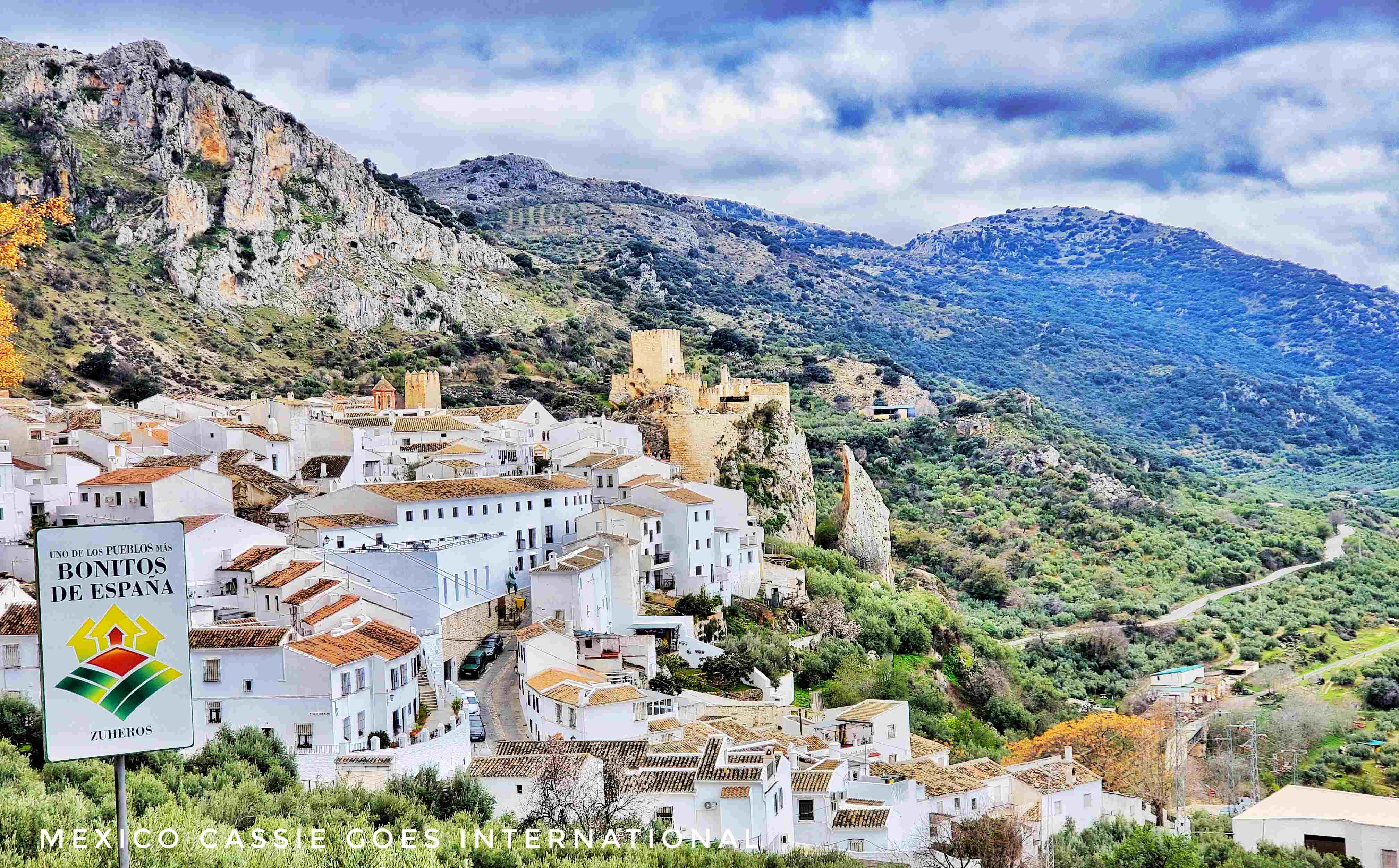
Just outside Córdoba, this tiny village has been declared one of the most beautiful villages in all of Spain and it’s easy to see why given its striking location surrounded by the Sierras Subbéticas.
Don’t miss: visiting the castle, the Grutas de Murcielagos, Iberfauna, the animal rescue centre and hiking in the hills.
Ronda
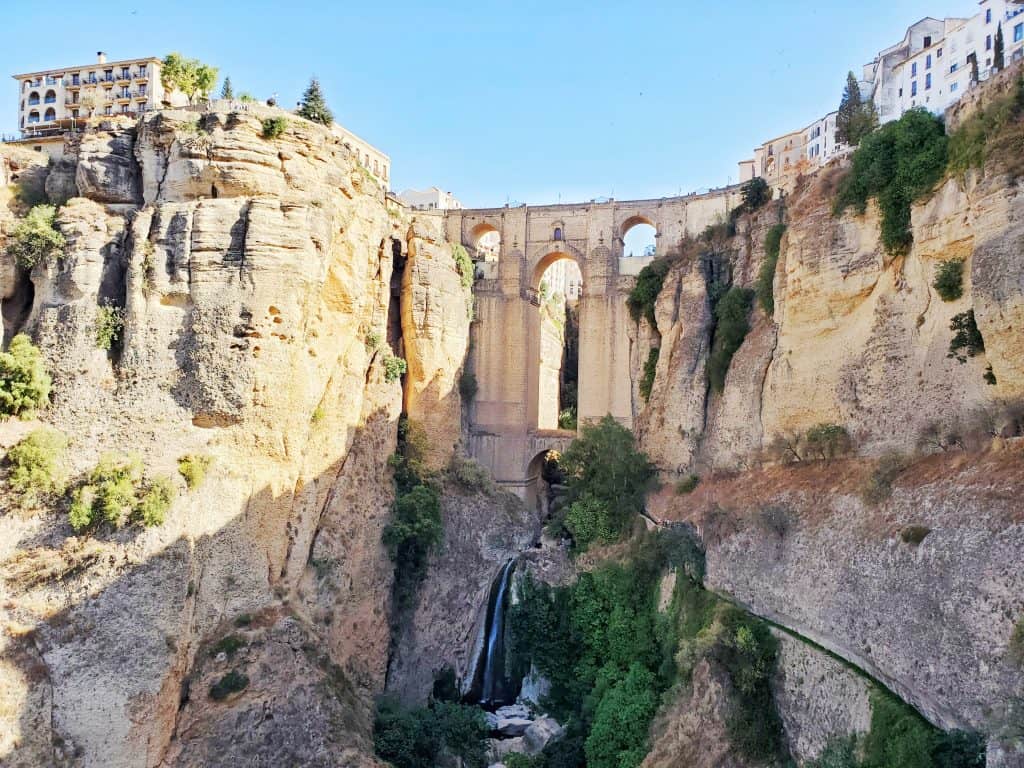
The town that sits across el Tajo Gorge is a popular tourist spot for visitors to Andalucía.
Don’t miss: the three bridges, hiking under the Puente Nuevo, exploring town
➡️ How to visit Ronda with kids
Ávila
An easy day trip from Madrid, Ávila is loved for its 12th century city walls and for its gothic cathedral
Don’t miss: gazing lovingly at the city walls
Segovia
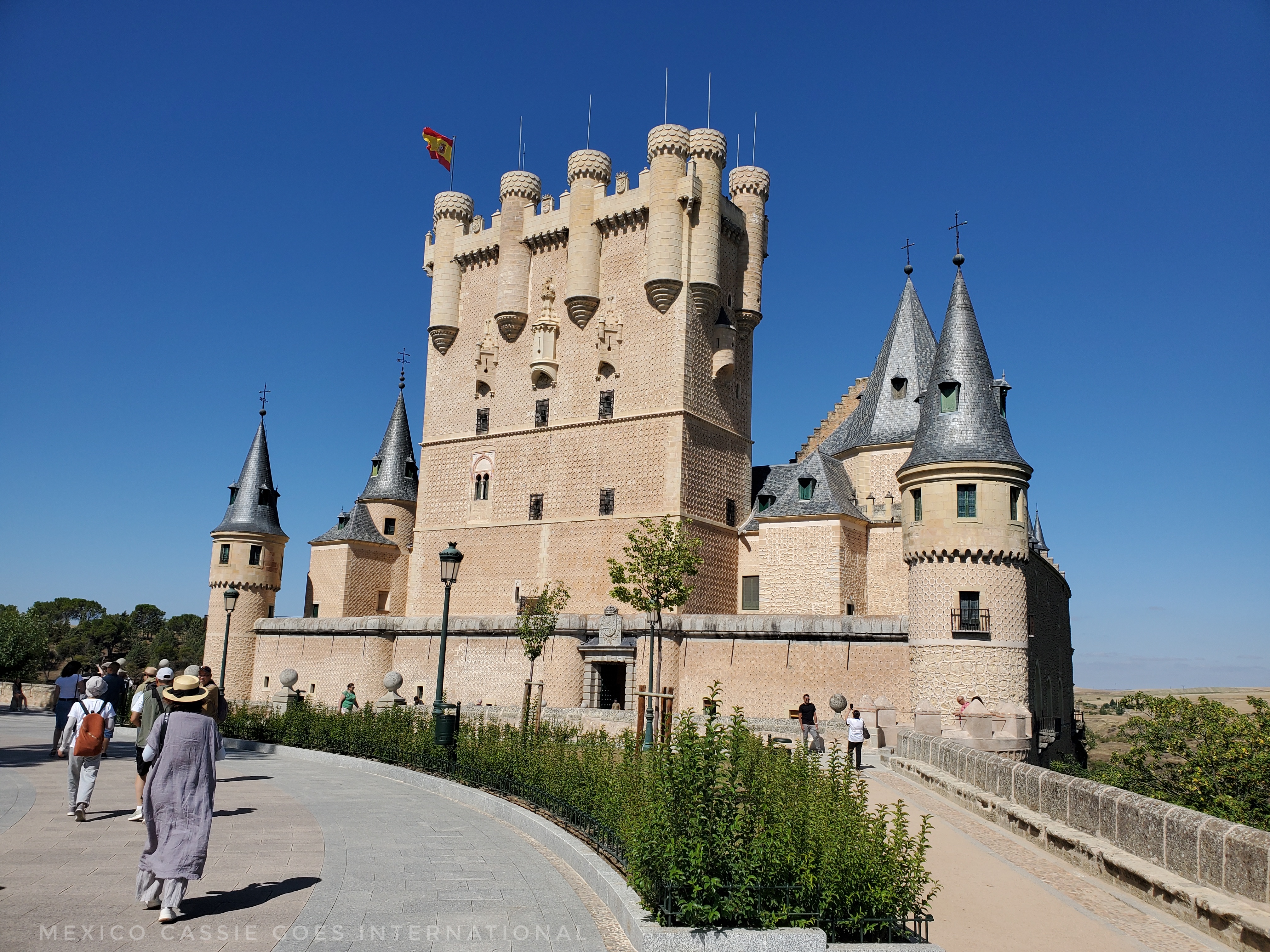
Also an easy day trip from Madrid, Segovia is one of the most beautiful small towns in Spain. Built on a bluff, this whole town is a UNESCO World Heritage Site thanks to its years of settlements by difficult religions and cultures.
Don’t miss: Aqueduct, Alcazar, wandering the old town
Reasons to Visit Spain: Fascinating History
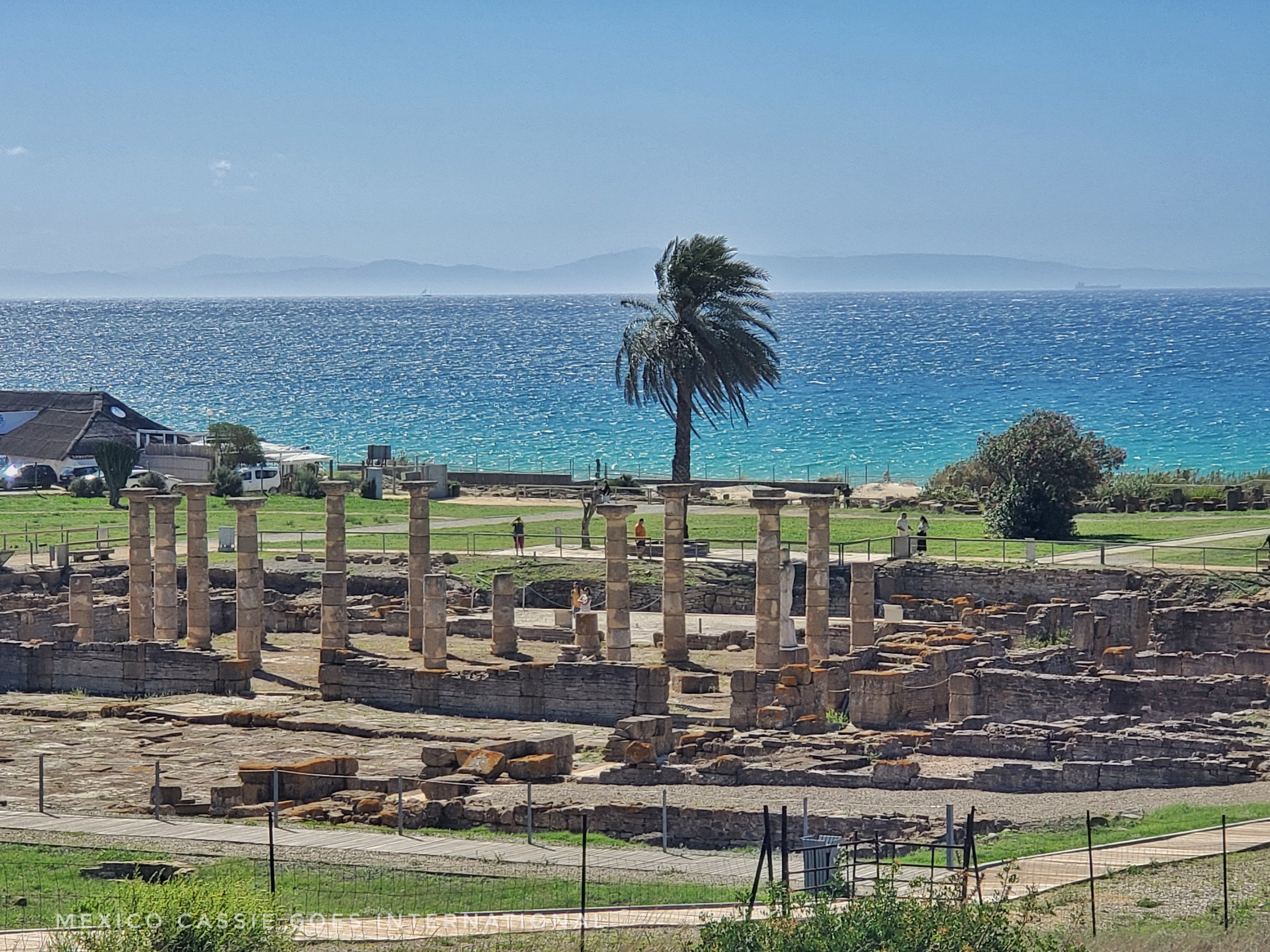
Spain has a long, exciting and rich history. Honestly, it feels very complicated to me but I’ll admit that I’m a bit of a history buff and that I have loved trying to get to grips with since moving to Andalucía.
📌 It is thought that there were hominids on the Iberian Peninsula as early as 800,000 years ago.
📌 Gibraltar is known to be one of the very last places Neanderthals survived in Europe.
📌 The dolmens of Antequera (a UNESCO World Heritage Site), and Huelva constructed during the Neolithic and Bronze ages are one of the most important examples of European megalithism and European prehistory.
📌 The southern Andaluz coast was settled by the Phoenicians sometime after 800 BCE. It is thought that Cádiz (Gadír) may have been founded by them along with other cities such as Malaga (Malacca) and Almuñecar (Sexi).
📌 The Romans were in Spain for around 700 years. Fantastic ruins remain today in cities such as Mérida, Segovia and along the beach of Bolonia with the incredible Roman ruins of Baleo Claudia.
📌 After the Romans, came the Visigoths (a Romanised Germanic people) in the 5th century CE. Their capital was in Toledo.
📌 The Visigoths were displaced by the Moors who took over much of southern Spain, creating the first Spanish Caliphate of Al-Andalus in the 8th century. Their first capital was Córdoba. By the 13th century, and after many battles with the northern Catholic kings, only the Nasrid kingdom of Granada was left. Eventually this fell too and the conquest/reconquest was complete. Spain was Catholic, and if you weren’t Catholic too, you suffered the wrath of the Spanish Inquisition.
📌 Phew. Then we get to modern history, the horrors of the Spanish civil war, Franco and the modern democratic Spain.
Reasons to Visit Spain: UNESCO World Heritage Sites
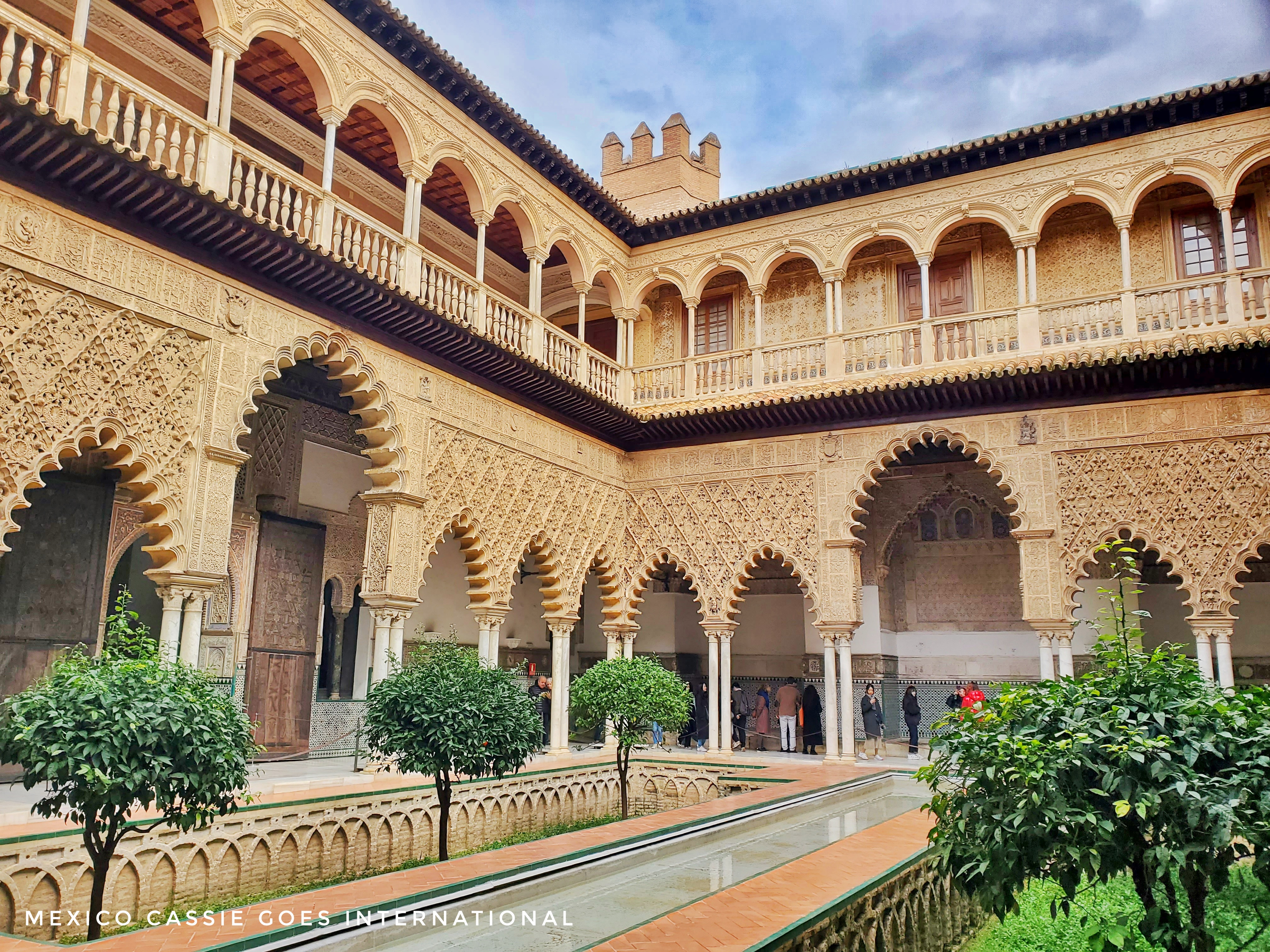
Spain is home to a breathtaking 50 UNESCO World Heritage Sites, making it the country with the fifth most in the world.
The most famous are:
⭐️ Find the complete list of Spain’s UNESCO World Heritage sites here
📌 While the UNESCO World Heritage Sites are gorgeous and rightly visited by millions every year, there are also always smaller, similar sites hiding just out of reach of people who don’t do their research. Did you know, for example, that there’s a tiny tenth century mezquita in Huelva province that you can visit for free?
Reasons to Visit Spain: The Spanish Cuisine
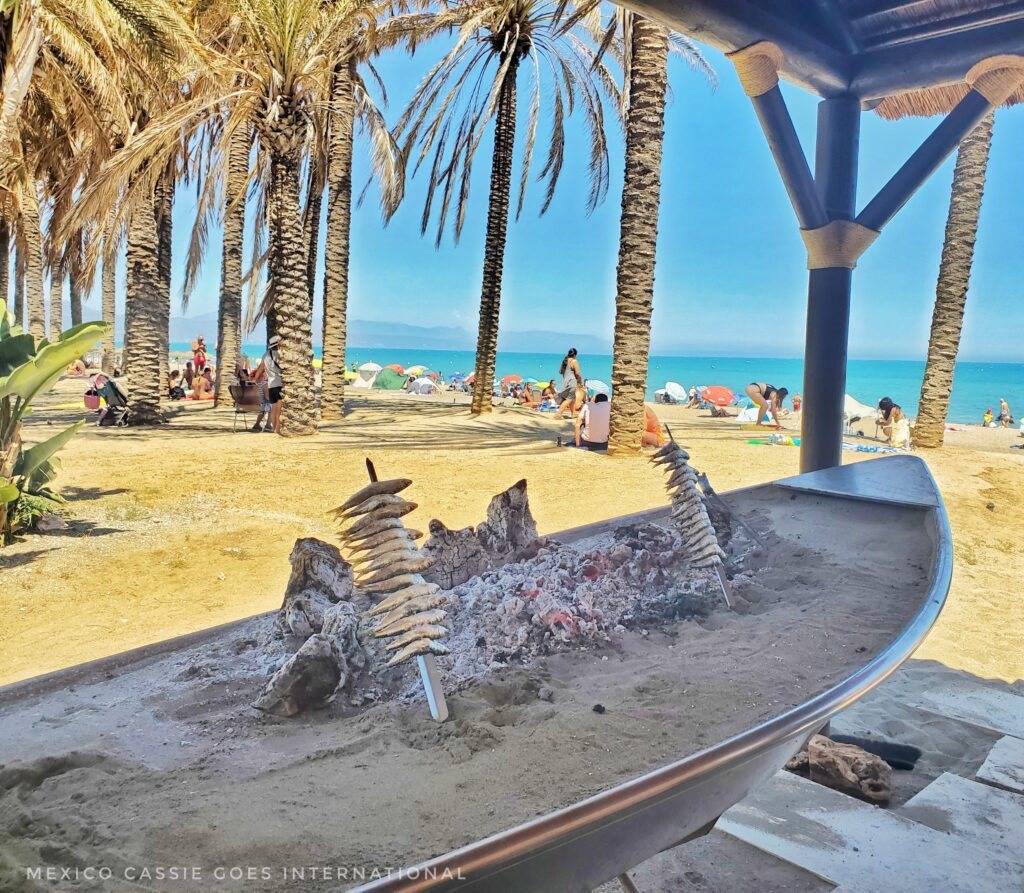
It’s not only the delicious food that’s important when you visit Spain but also the culture around food and eating out that makes Spain so worth visiting. The Spanish Mediterranean cuisine even has… you guessed it… UNESCO Intangible Cultural Heritage status.
In my experience, the Spanish are obsessed with their food and outside of the truly big cities, you’ll struggle to find good quality non-Spanish cuisine. However, if you’re fine with Spanish food then you’ll eat like royalty everywhere you go.
⭐️ There are 272 Michelin-starred restaurants in Spain, and 3 of the top 4 restaurants in the world are in Spain! (In fact, I had my very first Michelin starred meal in Barcelona in my 20s. It was an introduction to a whole new way of eating for me)
🫒 In Spain over 200 varieties of olive are cultivated and Spain is actually the biggest olive oil producer in the world, producing almost half the world’s olive oil.
Let’s Eat Tapas
🍻 Tapas dishes are traditionally made to accompany drinks and to be shared with friends. Doesn’t that tell you a lot about the Spanish mentality? Tapas are called pintxos in the Basque Country.
🍽 Let’s get those taste buds tingling and look at the most common tapas and traditional dishes in Spain. And while the following dishes are commonly found everywhere, there’s no reason to expect them to be the same from region to region, even restaurant to restaurant. Everyone has their own take on a dish. And, of course, every region has its own traditional food. In Segovia, expect to try suckling pig, in Valencia, paella and in Andalucía, please try pringá, it’s delicious. At the coast, you must try the local seafood including prawns.
The Most Common Tapas Plates are:
🍽 Tortilla (a very potato-y omelette) – can be wet or dry, can contain onion or spinach or neither. In fact, it’s something of a Spanish dispute as to whether it’s ok to add either to the dish at all.
🍽 Patatas bravas (potatoes with a paprika coating)
🍽 Croquetas – these can have a variety of fillings. Apparently they began as a way to use up the remains of puchero, a popular Spanish soup
🍽 Salmorejo/gazpacho – cold tomato soup that is perfect on a hot summer’s day
🍽 Calamari, Iberian Ham, Cheese plates and Olives – you’ll find these everywhere
Be warned, the Spanish diet features ham very heavily and very few salads.
Quick Note: What is a Chiringuito?
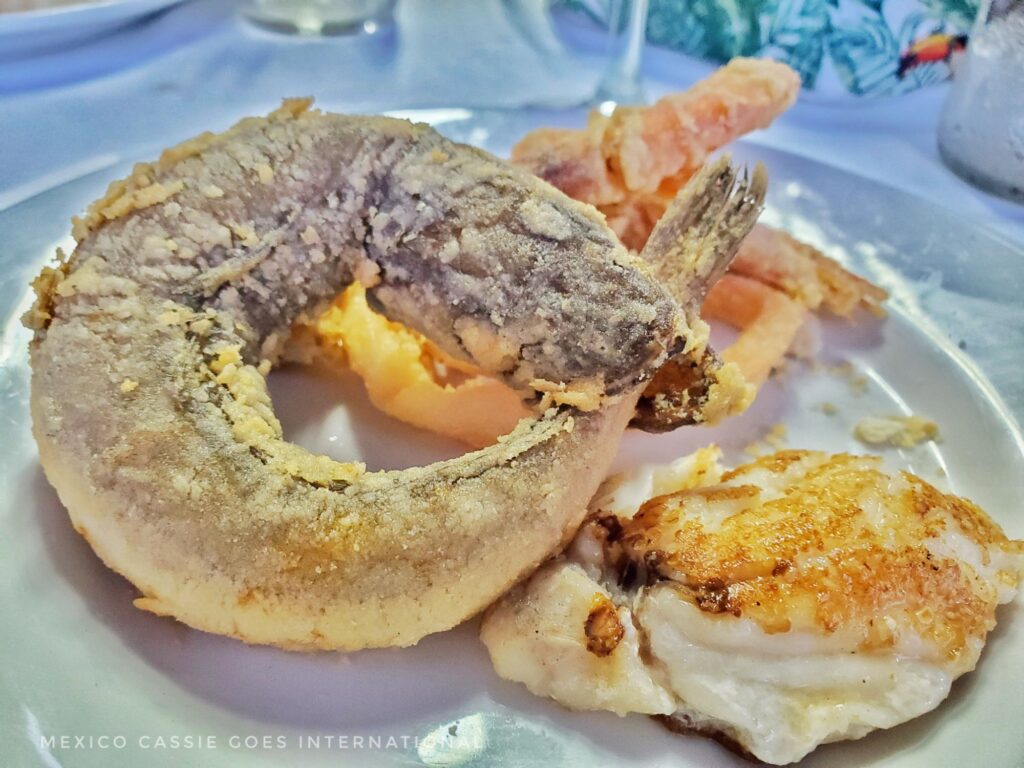
A chiringuito is a bar or restaurant on the beach and it’s an important part of Spanish beach life. Be sure to have a leisurely meal in a beachside chiringuito when in Spain (but if you’re somewhere popular, book in advance or you’ll find yourself waiting). In Málaga you must order espadín (grilled sardine). Previously, chiringuitos were simple beach side bars but these days they can be pretty swanky.
Quick Note: Drinking in Spain
Wine
Of course, the most famous Spanish wine is a Rioja but pretty much any Spanish wine you order is going to be fabulous. I love a Ribera del Duero wine.
Top Tip: head to any Spanish supermarket and pick up a few bottles priced between 3 – 5 Euros. You won’t ever be disappointed, I promise! I just got four awesome looking bottles for 3 Euros each and I can’t wait to crack into them!
Beer
Spanish beers are generally lagers and tend to be drunk in small glasses called cañas – this is because no one wants to drink warm beer.
We often order dobles – double sized cañas – as we just don’t love such small beers (big admission!). However, this can lead to Spanish waiters trying to remove our drinks from us before we’re done – they assume we won’t want to drink the slightly warmer beers we’re nursing.
Vermut and Sherry
Two truly Spanish drinks are vermut (vermouth) and sherry – both fortified wines. Only fortified white wine bottled in Jerez de la Frontera can be called sherry. I’m not a huge fan of vermut but apparently the Spanish version of the drink is less bitter than the French or Italian drinks.
Reasons to Visit Spain: The Festivals
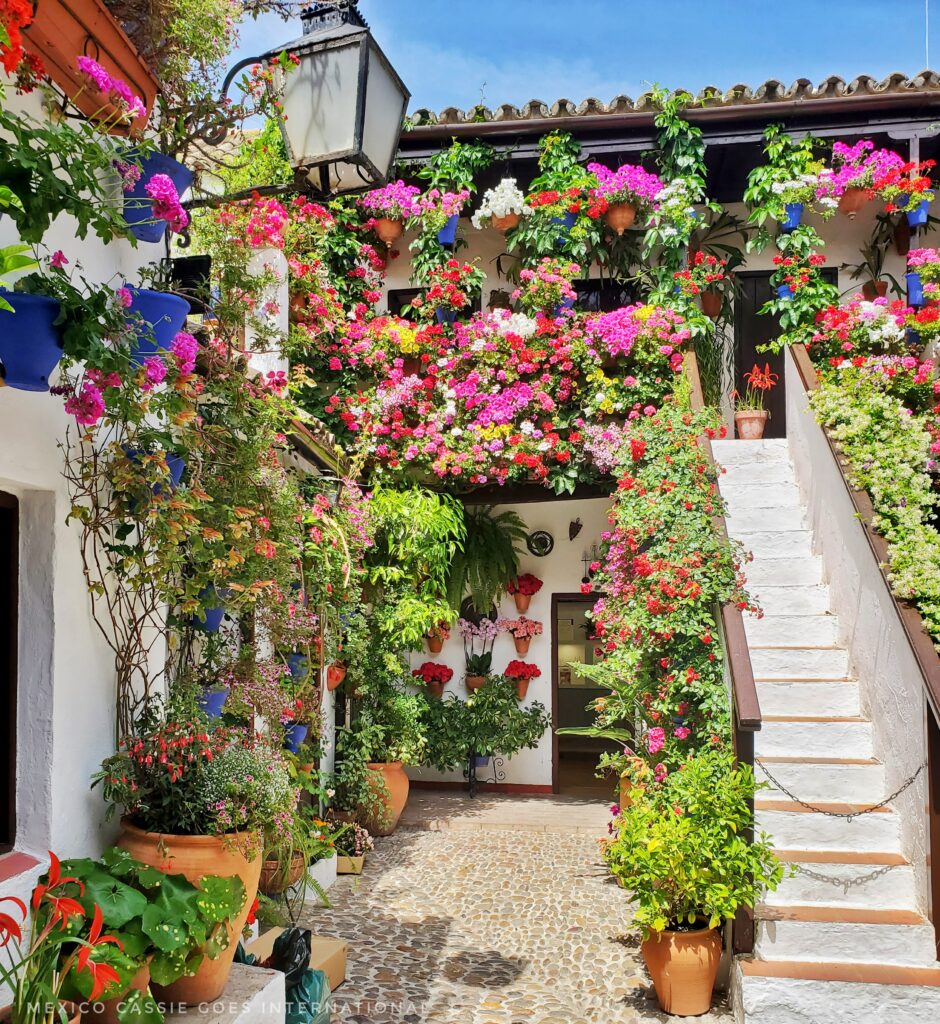
Let’s end by talking briefly about some highlights of Spanish culture – the festivals – hurrah, yet more reasons to visit Spain!
Semana Santa – nationwide
🐰 Semana Santa is also known as Holy Week this is basically the festivities around Easter. The whole of Spain gets excited by it and pretty much anywhere you go you’ll see floats, bands, feasts and huge crowds. If you enjoy pageantry and really seeing local culture you may well enjoy this week in Spain.
Féria – Andalucía
🎡 Across Andalucía in spring and summer. These massive street parties began as agricultural celebrations but have morphed into a party where everyone gets dressed up and drinks. Each town hosts its own. The biggest of course, is Seville’s féria.
Anyone can attend one of these parties but know that a lot of the drinking and celebrating happens inside private booths called ‘casetas’ – there are generally one or two that are open to the pubic so look around for these if you want to drink with the locals. Otherwise, walk around enjoying the sight of locals dressed to the nines and take the kids to the local fairground as the féria always comes with a modern fair attached.
La Tomatina – Buñol, Valencia
🍅 Held in Buñol every August. 20,000 people come to this small town to hurl tomatoes at each other. That is it.
Las Fallas – Valencia
🥸 In March processions of people with giant papier mâché figures file through the streets before burning the figures on bonfires.
Haro Wine Festival – La Rioja
🍷 Every 29 June in Haro people converge to shoot wine at each other. Makes sense when you see the name of the region, right? Grab a water pistol and shoot red wine at everyone you see.
Semana Grande – Basque Country
🥖 Every August the Basque country celebrates the Virgen of Begoña and Basque culture. This was actually my first ever Spanish festival when we accidentally booked tickets to Bilbao slap bang in the middle of this incredible celebration.
PRIDE (Orgullo) – Madrid
🏳️🌈 🏳️⚧️ The biggest Pride March in Spain is held in Madrid, generally the first Saturday in July. This is Spain’s biggest PRIDE march, attended by over 2,000,000 people.
Patios Festival – Córdoba
🌺 Every May, beautifully decorated patios (courtyards) are opened to the public as part of a competition to find the most beautiful courtyard in Córdoba. The decoration is all about flowers and plants.
A Final World on Reasons to Visit Spain
You need more? Surely not.
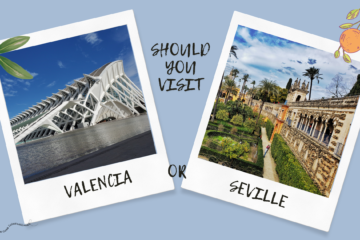
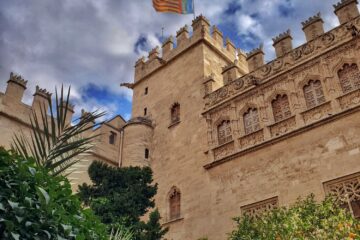

1 Comment
Lynette Beck · 11/04/2024 at 3:36 am
I am planning my next trip to Spain and I am so excited! Loved reading your article, thank you for sharing!